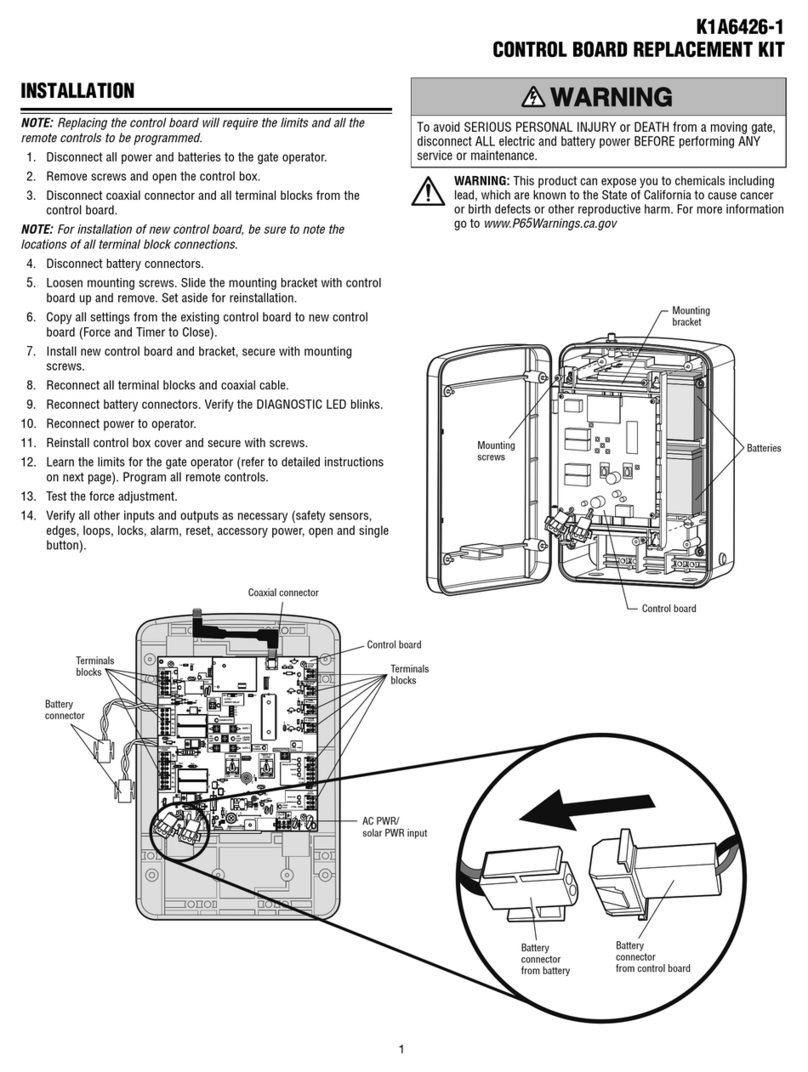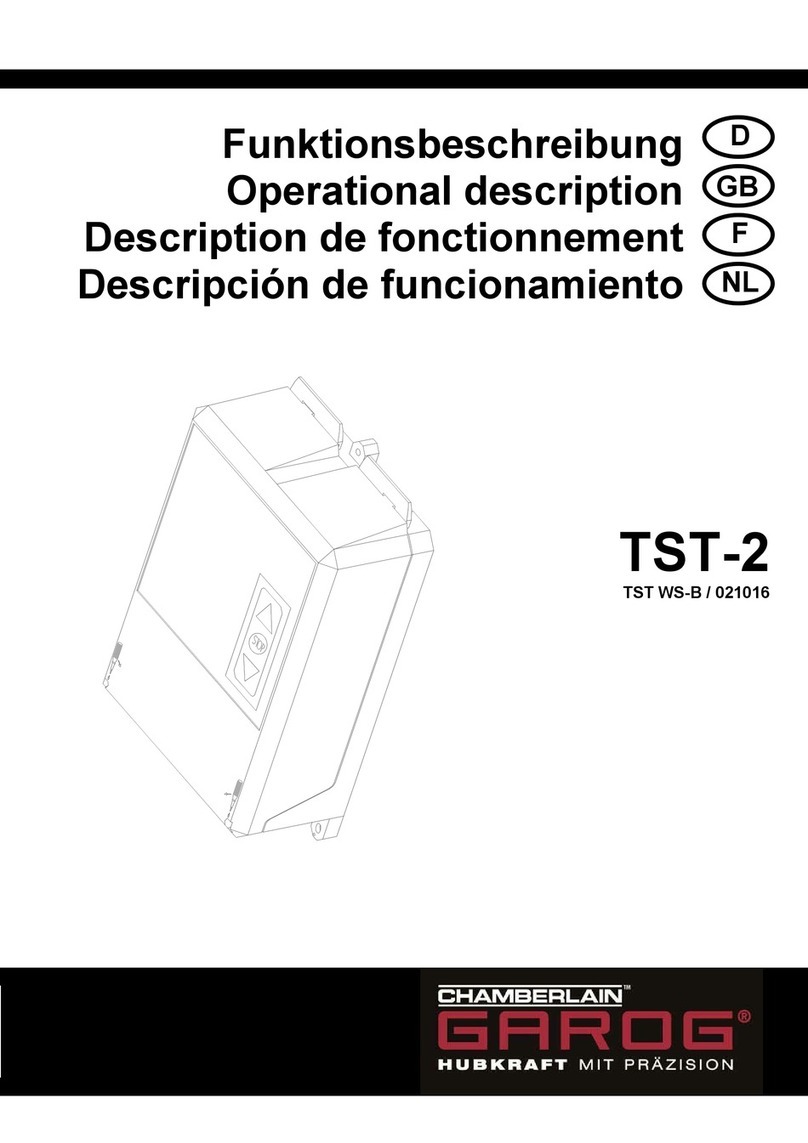
Rev C Doc 6001565 Page 1 of 31
IMPORTANT NOTICES
The Infinities are powerful and flexible access control systems, but may be damaged by incorrect installation.
In particular, it is critical that Infinity systems be grounded properly. Each system contains static
sensitive components that can be destroyed by static discharge if not grounded thoroughly.
WARNING: Incorrect installation invalidates the warranty.
Please take the time to read these instructions carefully before attempting installation.
INSTALLATION TIPS
The sections that follow contain detailed procedures for each step required to install an Infinity system. In
addition, the following installation tips will help ensure your installation is done correctly and efficiently.
1. GROUND THE UNIT. The Infinity contains parts which may be damaged by static discharge. A proper
earth ground connected to the upper left grounding screw shown in Figure 3 will significantly reduce the
chances of damage or improper operation. The shielding in the cables for all remote keypads or card
readers should be connected to the earth ground at the controller end of the cable only.
To be effective, the ground connection must be made by running 12 AWG copper wire to a good ground
point (e.g., an electrical panel, a metallic cold water pipe that runs into the earth, or a grounding rod at
least 10 feet in length that is driven into the earth) within 12 feet of the unit. Even if you have a good
earth ground, you should try to discharge any static before handling the circuit boards.
WARNING: Damage caused by static discharge is not covered by warranty.
CAUTION: Do not connect the two large heat sinks on the main circuit board together as doing so
can damage the power supply.
2. PROVIDE POWER FROM A DEDICATED SOURCE. The outlet(s) into which you plug the Sentex
provided transformer or an AC power supply should each be wired to their own circuit breaker. The
optional CCTV must be plugged into a separate outlet. This will reduce line noise introduced into system
power and minimize the risk of having other equipment interrupt unit operation.
3. DO NOT OVERLOAD THE TERMINAL BLOCKS. The terminal blocks used in the Infinity are
removable and the pins are soldered into the boards. To connect your wires, remove the "head" from
the correct terminals and open the screws. Insert the wire into the correct opening on the front and
tighten the screw until the wire is held snugly. When you have made all connections for a given "head",
plug it back onto the pins designated for that terminal block. Do the same for the optional CCTV board.
Stranded wire must be between 16 and 24 AWG. Solid wire must be between 18 and 24 AWG. This
is the total thickness measurement so, if you are putting two wires in, the combined thickness must fall
within this range. NEVER try to insert more than two wires per terminal.
4. READ THE MARKINGS CAREFULLY. The connection points are marked on the boards clearly. Before
making any connections, be sure to read the markings and check it against the corresponding figure in
these instructions so that you understand the connection you are making.
5. MOUNT THE UNIT AT THE CORRECT HEIGHT. Mount the Infinity according to local, state, or national
regulations (i.e., the Americans with Disabilities Act). If no such regulations apply, mount the "L" series
systems with the display center 5 1/2 feet high for walk-up installations and 4 feet high for drive-up
installations. Mount "S" series systems slightly lower because the LCD reads better from above.
6. CLEAN THE DISPLAY AND WINDOW: The LCD display, protective lexan window, and the curved
window in the “L” series display hood may be coated with an optional anti-glare formula. Dirt seriously
reduces this coating's effectiveness, making the display hard to read. Your customer MUST clean these
assemblies routinely using a soft rag and mild soap and water. Avoid harsh or abrasive cleaners.
7. TRAIN YOUR CUSTOMER. The Infinity is easy to program and use when you take a few minutes to
train the user, but untrained users can cause serious problems for you and for themselves.
SPEND THE TIME NOW to train your customer- it will save you both a lot of trouble later.
































